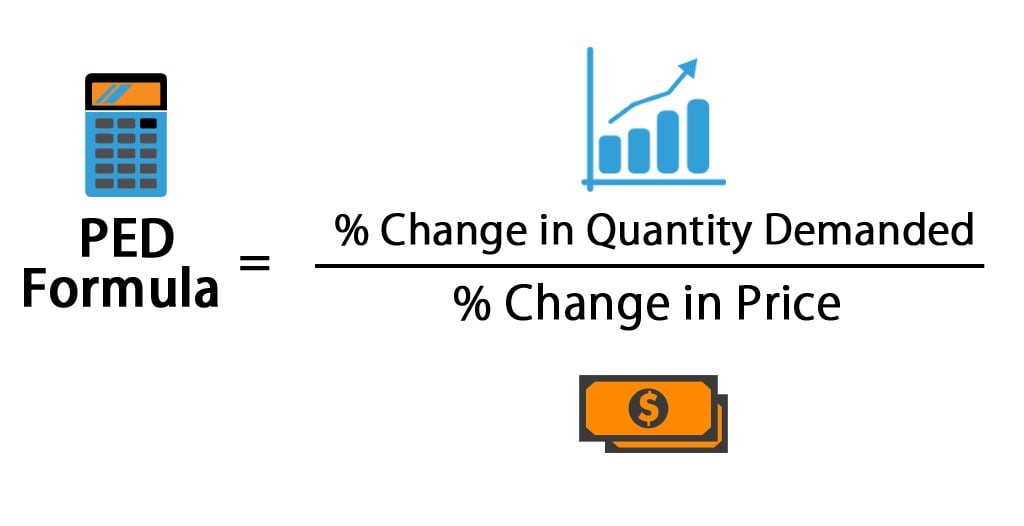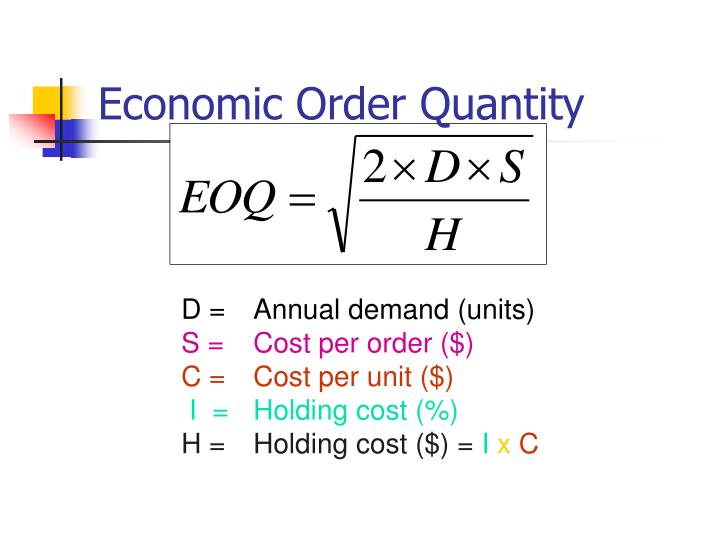

This makes it easier for the Fed to meet its price stability mandate.

If everyone expects the Fed to achieve an inflation rate of 2 percent, then consumers and businesses are less likely to react when inflation climbs temporarily above that level (say, because of an oil price hike) or falls below it temporarily (say, because of a recession). If, on the other hand, the public reacts to a short period of higher-than-expected inflation by marking up their long-run expectation considerably, then expectations are poorly anchored.” So, for example, if the public experiences a spell of inflation higher than their long-run expectation, but their long-run expectation of inflation changes little as a result, then inflation expectations are well anchored. In this context, I use the term ‘anchored’ to mean relatively insensitive to incoming data. Here’s how former Fed Chair Ben Bernanke explained what central bankers call “anchoring,” in an address given in 2022: “the extent to which are anchored can change, depending on economic developments and (most important) the current and past conduct of monetary policy. To help achieve that goal, it strives to “anchor” inflation expectations at roughly 2 percent. It defines the latter as an annual inflation rate of 2 percent on average. The Fed’s mandate is to achieve maximum sustainable employment and price stability. Twitter davidmwessel Why does the Federal Reserve care about inflation expectations?


 0 kommentar(er)
0 kommentar(er)
